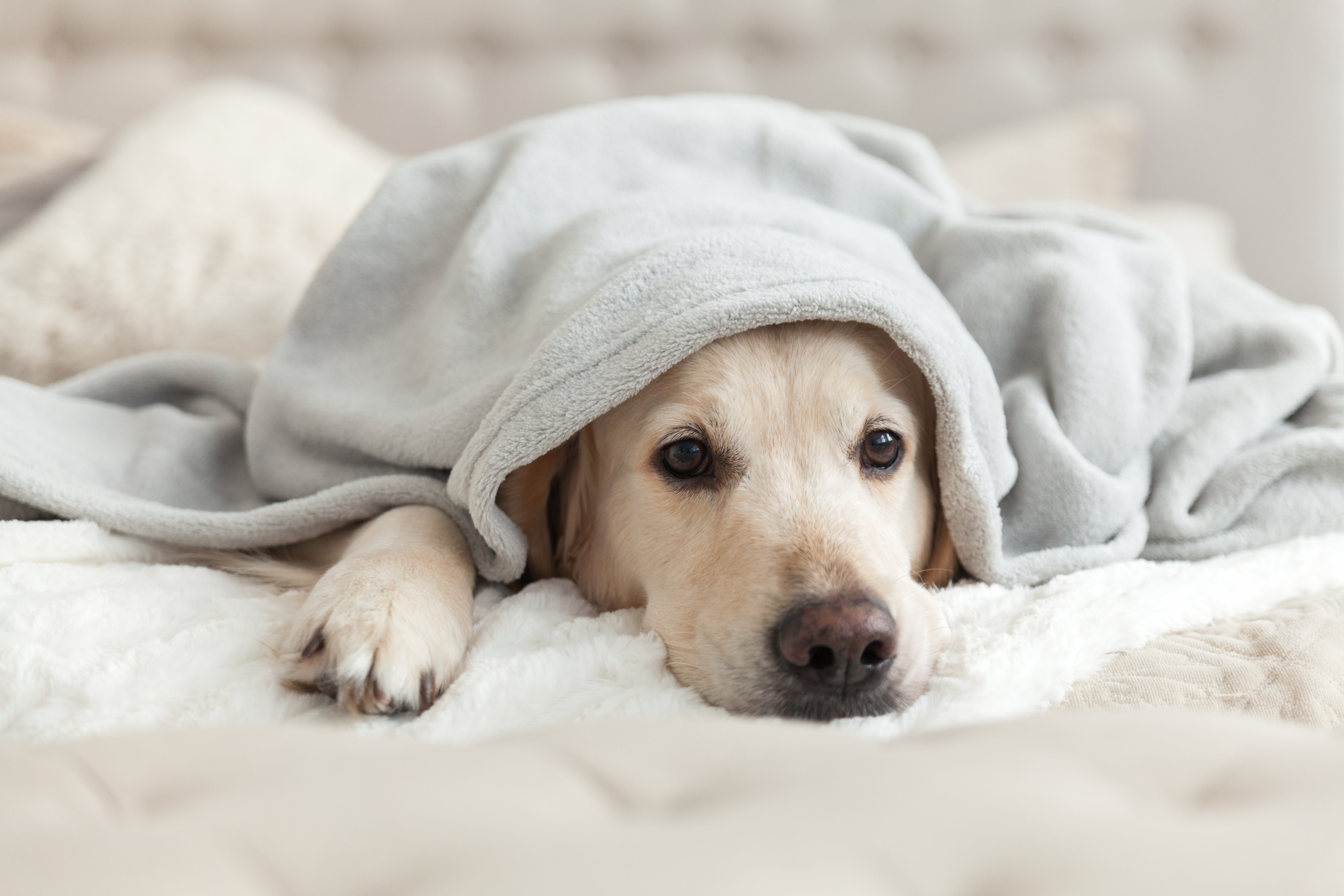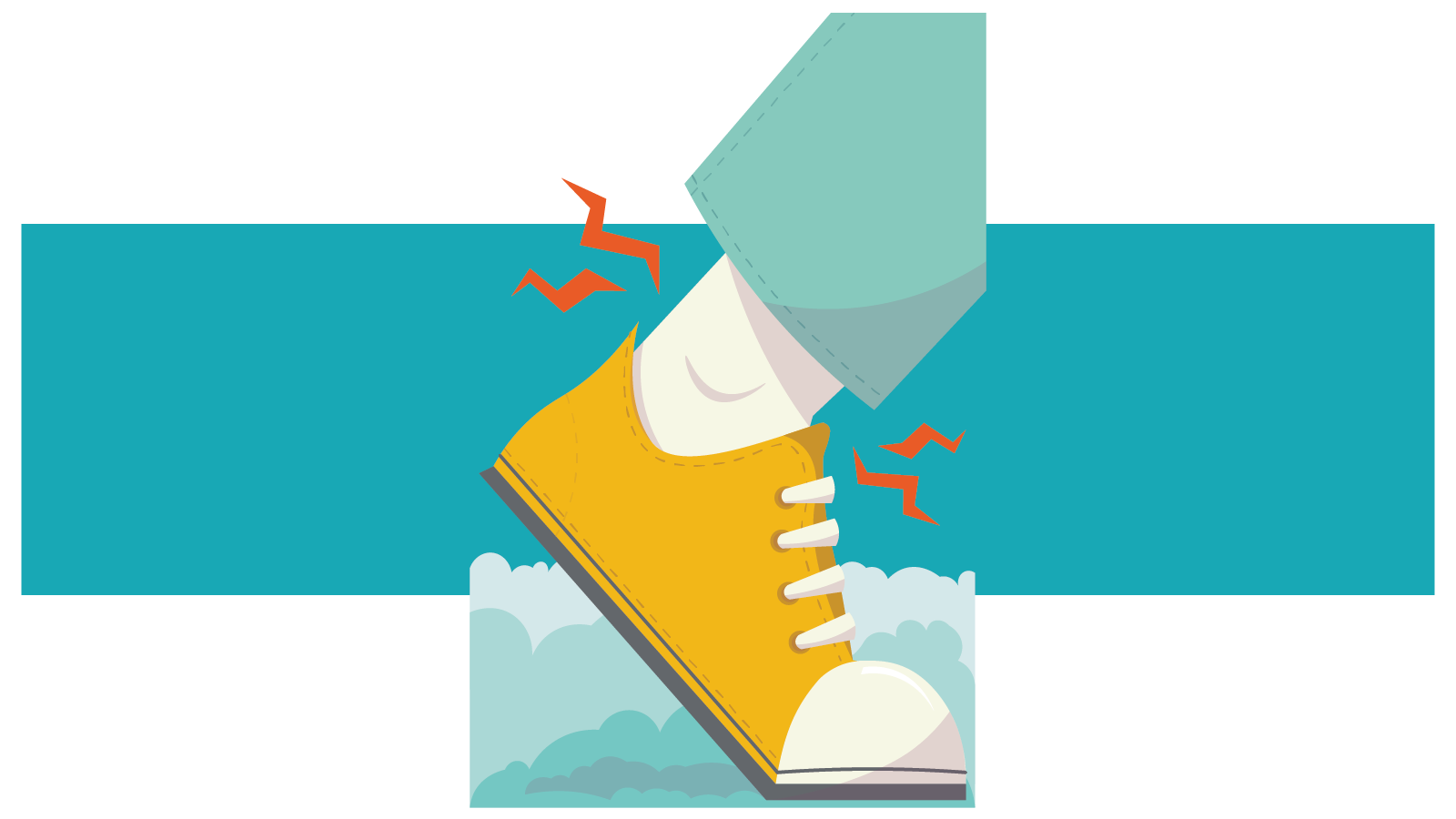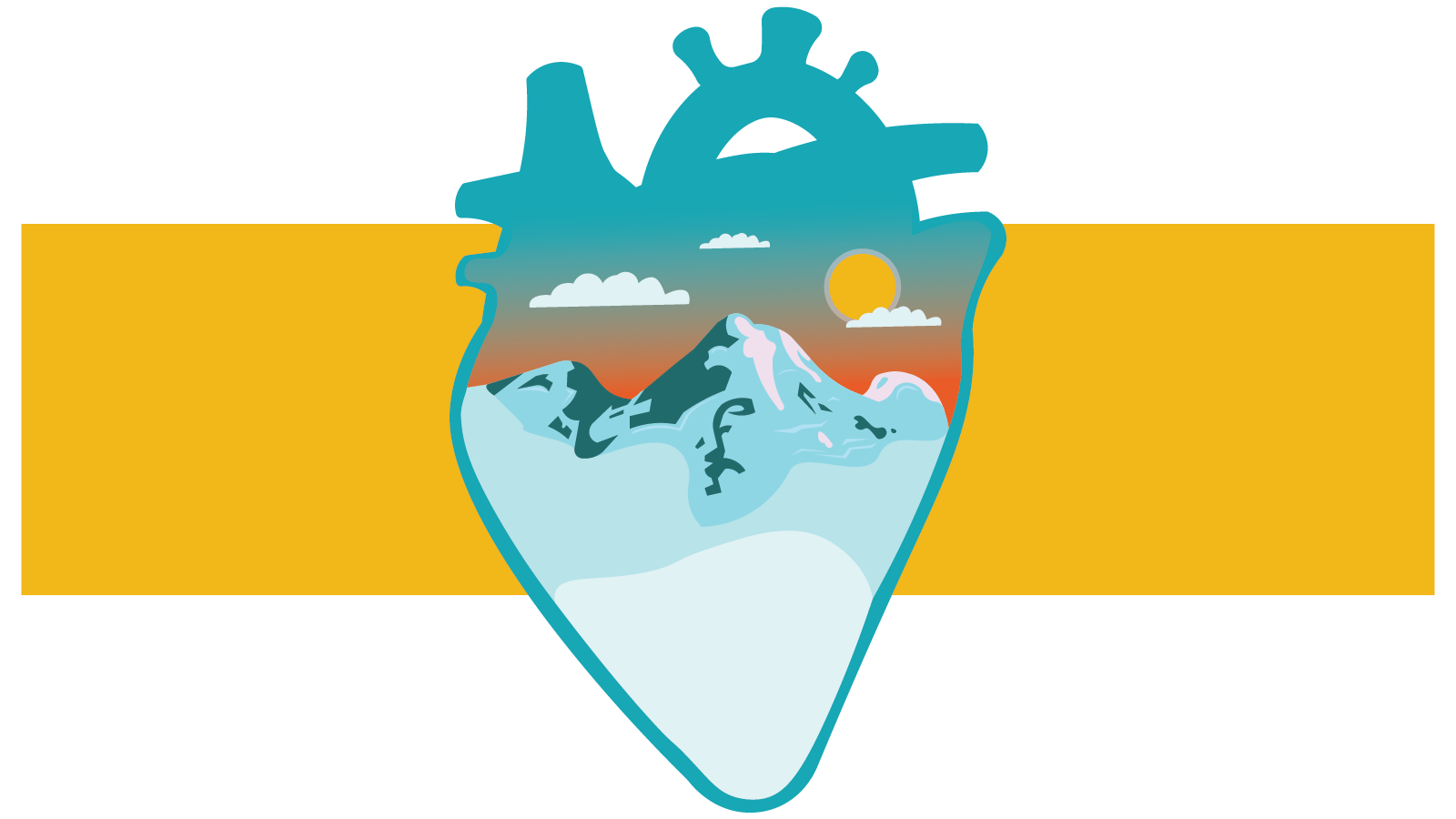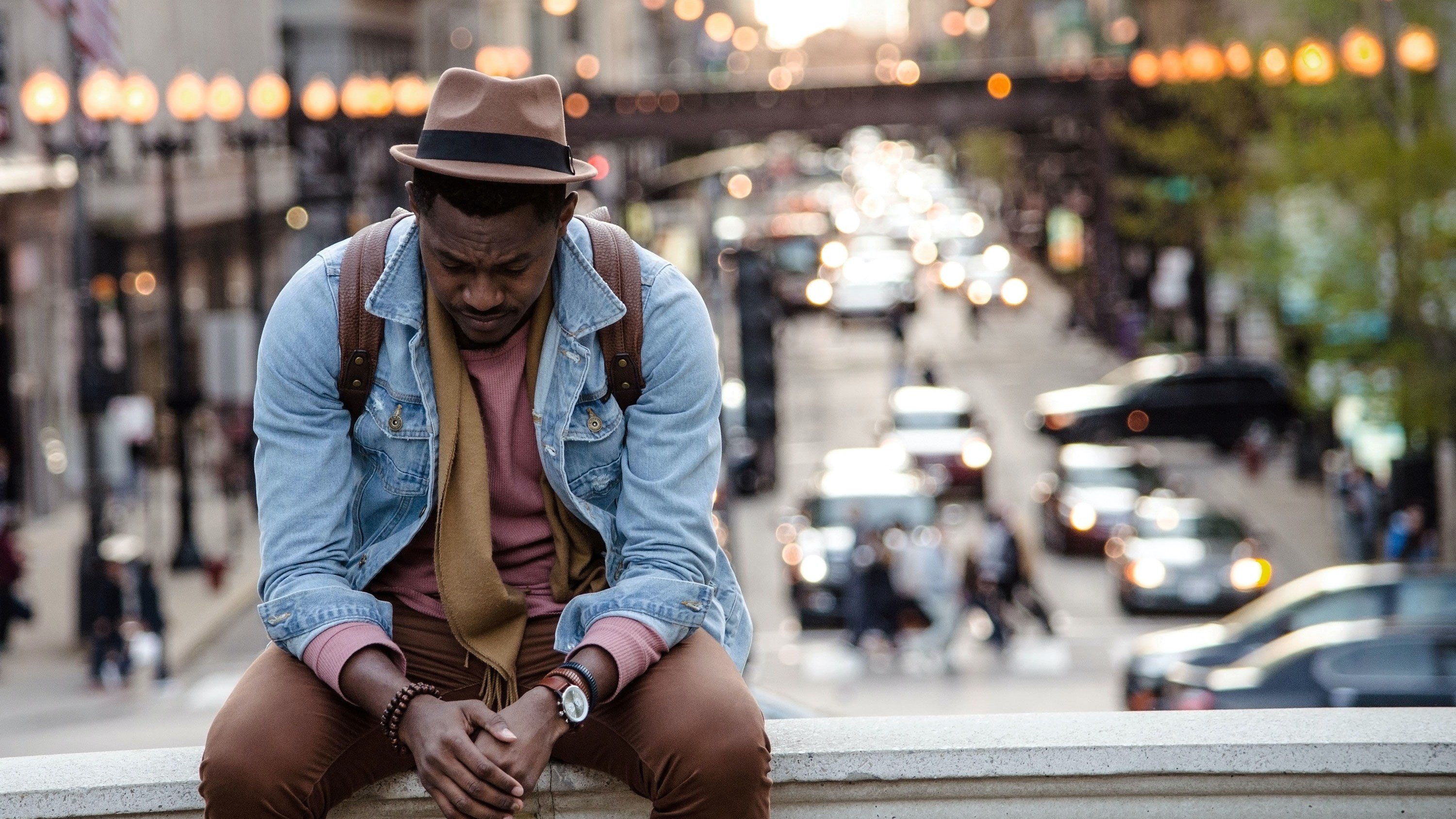Overcoming Winter Aches and Pains
Some people think they can predict the weather because they “feel it in their bones.” Some studies suggest there may be some truth to that.

Seasonal affective disorder (SAD) is a kind of depression that tends to creep in during the fall/winter months and eases off with the coming of spring/summer.
As a subset of major depressive disorder (a formal term for depression)1, symptoms related to SAD include:
Unlike major depressive disorder (depression), which can occur at any point of the year, SAD is linked to seasonal changes. Studies even show that SAD is more prevalent in the Northern parts of the United States, and far more prevalent in Canada.
The reason why SAD appears during the winter months and is more prevalent at higher latitudes is due to the shorter winter days and the longer periods of darkness.2
Exposure to less sunlight can affect an individual’s circadian rhythms and lower their serotonin levels, both of which are linked to the symptoms presented in those with SAD.3
A common approach to ameliorating SAD symptoms is through the use of light therapy to offset the lack of sunlight provided during winter months and correct disturbed circadian rhythms. Recent systematic literature reviews have demonstrated that light therapy is a safe, well-tolerated, and effective treatment for winter depression.4
Light therapy involves looking into a lamp, sometimes called a “happy lamp”, that mimics sunlight. The standard “dose” of light is 10,000 lux for 30 minutes per day. Light therapy is usually administered in the early morning as soon as possible upon arising, e.g., at 7:00 am or earlier, because most studies and meta-analyses have found that early morning exposure is superior to other times of the day.5
Additionally, like with other types of depression, it’s important to try and get outside and be active. This will help regulate the amount of the light you are getting and boost your serotonin levels. However, given the nature of depression and depression-like symptoms, that’s easier said than done.
If you’re reading this article and not experiencing these symptoms, this is where you can help your friends and family members who might be. Make it you job to reach out to reach out to them. Not only does it show them you care, but may help give them the energy they need to get up and get outside. Further, if you feel the problem is serious, you must encourage them to get professional help to manage their depressive symptoms.
If you need help finding a mental health provider to discuss how you’ve been feeling, all you have to do is call your Customer Experience Advocates team and they will help you through the process!

Some people think they can predict the weather because they “feel it in their bones.” Some studies suggest there may be some truth to that.

Hypothermia, frostbite, trench foot, chilblains—without preparation and proper equipment, these cold-weather injuries can take down anyone, no...

Surveys show a major increase in the number of U.S. adults who report symptoms of stress, anxiety and depression during the pandemic, compared with...